originally posted at https://canmom.tumblr.com/post/631431...
This Animation Night is dedicated to a junior-school teacher who advised me that cartoons would rot my brain in response to a slightly wobbly rendition of the Pokémon logo. It’s possible she was right, I mean what rational person would want to become an animator?
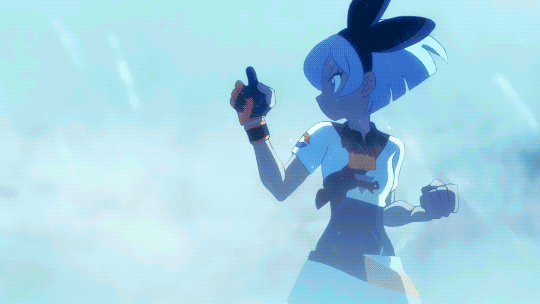
(pictured: the expressive power of animation [left] and me [right])
Now, I understand if you look at a theme of “Pokémon” and wonder why the heck I’d pick this for Animation Night, given that the Pokémon anime is by and large very cheap TV animation (despite some nice graphic design touches) and also like… everyone has seen it!
The reason has to do with a recent happening in the sakuga world: Pokémon Twilight Wings, a 45-minute ONA directed by Shingo Yamashita. As kvin of sakugablog writes, ‘Yama’ has an impressive reputation in the anime industry:
With a team at Studio Colorido led by none other than Shingo “Yama” Yamashita and a very manageable runtime—about 45 minutes total—it’s no wonder that Twilight Wings offers a consistent level of precision when it comes to the animation and compositing that not even theatrical Pokemon projects can compete with. The focus of Yama’s career for the last decade has precisely been demolishing the wall between those two steps of the production process; one with very traditional roots despite all the new tools you can use to animate these days, and another that represents the nearly infinite potential of digital animation… but also turns the source of much friction due to inefficient pipelines.
Thanks to his dedication to that goal, and of course his own diverse skillset, Yama has become the type of director all artists love to work with. Those on the animation side know that he’ll grasp exactly what they had envisioned for with any given shot and enhance its impact tenfold, while the supporting digital artists get to learn and innovate alongside someone who truly believes they’re integral to the process. This translates into animation that constantly feels like it’s presented in the most attractive way it possibly could, be it the quieter instances of character acting or the grandest clash possible.
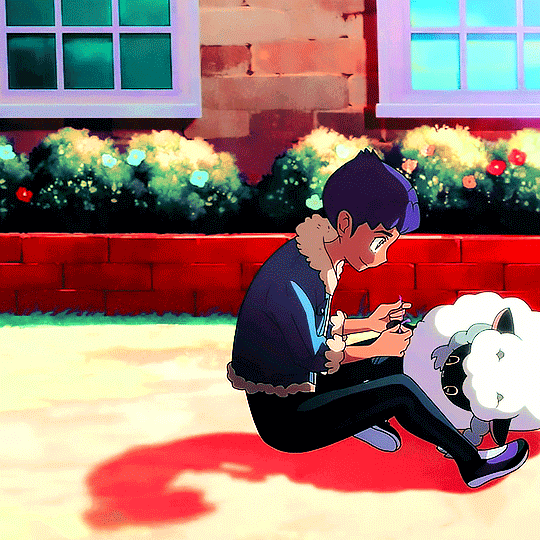
Yama’s team includes a bunch of the most talented animators in the industry, such as my eternal fave Weilin Zhang, or self-trained animator role model Bahi JD.through whom I first saw this project after Weilin’s incredible animation of Charizard hit Twitter. Pokémon is suddenly hot, as far as animation fans are concerned!
So that’s basically why I’m suddenly caring about Pokémon again, but one 45-minute ONA is not enough to fill an animation night. But hey, we can indulge nostalgia once in a while - and Twilight Wings (and the studio’s accompanying music video for Bump of Chicken, which is some of the most impressive animation I’ve ever seen) is not the only exciting thing that’s been happening in Pokémon animation in the last few years.
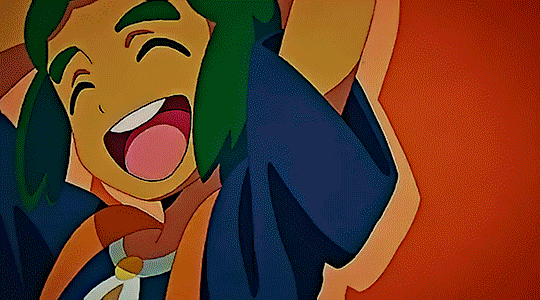
So, Pokémon. Probably doesn’t need an introduction for most readers! If you’re like me, you watched Pokémon at the height of the craze - in my case I actually begged my parents to buy a TV so we could watch it. Something about Ken Sugimori’s incredibly appealing creature designs, the lush Kanto setting, the way they drew technology… it hooked me in, hard, and pretty much everyone else. I remember all the kids eagerly advising each other on how to navigate gyms and comparing our progress through the game, or explaining the different pokémon on car journeys (“the whole thing sounds pretty farfetch’d” quipped my dad).
In case you’ve missed it, though, what’s Pokémon about? It’s an alternative world where most animals are replaced with cute anime creatures called pokémon (a portmanteau of ‘pocket monsters’, the title in Japan). The pokémon range from basically slightly cartoonified versions of real animals like birds and insects, through living mechanical artefacts, through ancient magical creatures, to one that’s just outright God.
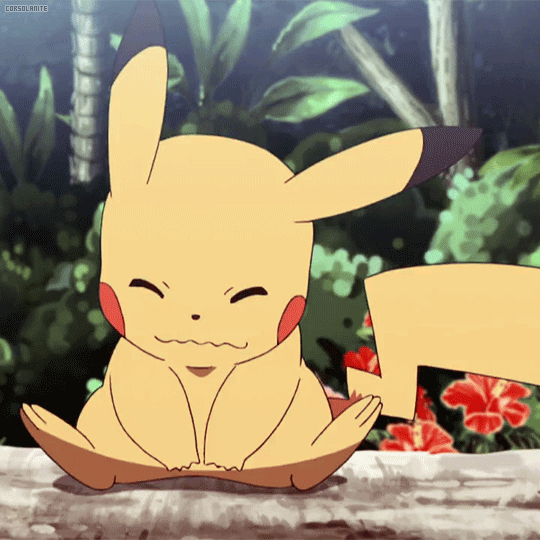
(this one is not God.)
The key the conceit of the series is that these creatures can be induced to be ‘captured’ in small portable devices called ‘pokéballs’, and then used in ‘pokémon battles’, a kind of sport where two (or sometimes more) pokémon fight each other. The series has been at pain to emphasise that they enjoy this and are at no real risk of serious injury. This premise means that the series can combine shounen battle anime tropes (everyone struggling to get stronger) with sports anime tropes for its overall structure, but generally follow a picaresque format where the main characters wander through a lush world, meeting new people and pokémon in each location and getting involved in short stories each time.
Naturally, they’re pursued by a group of largely ineffectual villains: in this case a small cell of an organisation called Team Rocket who are a little mafia, a little corporate villain. Jessie and James are a group of nobodies in the organisation, who form a maniacal obsession with stealing the main character’s companion, the series mascot Pikachu. Inevitably, as in the tradition of American saturday-morning cartoons, Team Rockets’ plans will be thwarted by the end of the episode, restoring a status quo.
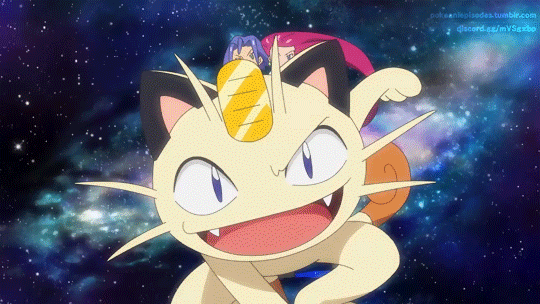
For many of us, the original Pokémon series was the first anime that many people ever watched (if they’re too young to have seen other widely localised shounen series like Naruto or DBZ), it was easy not to realise that this cartoon was from Japan, thanks to 4Kids’s aggressive localisation (most infamously, onigiri with ‘jelly donuts’). But the dub had its moments: the cast clearly had a tremendous amount of fun bringing real energy to characters like Team Rocket.
Like with other animation with a young primary audience, Pokémon leaned heavily on recurring motifs and catchphrases. Which, to give it its due, cemented themselves hard into baby!Bryn’s mind. I can probably recite most of the Team Rocket speech even now… (big shock, that the girl with Porygon avatar was an obsessive pokémon fan).

At some point, though, most of us grew older, and while the Pokémon games still tend to bring back a huge population of returning fans as well as their young target audience (with challenges like Nuzlocke and the competitive scene keeping our interest as the games became kind of trivial)… the anime kind of dropped from the popular consciousness. It certainly didn’t stop airing! But after decades of shows, the formula was maybe getting kind of stale…
A fresh burst of life came into the series with Pokémon: Sun & Moon, which took the anime to the new, Hawaii-inspired Alola region. With it came a new art style and a massive animation bump. Suddenly, the animation was a great deal more fluid and lively. Still, pokémon anime was pokémon anime; it would be hard to win people back to the story of Ash.
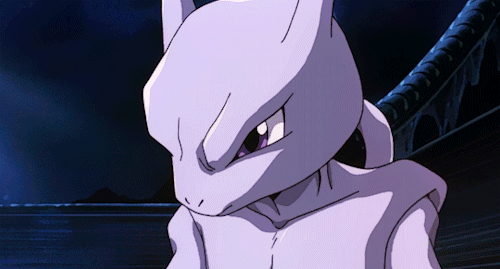
Tonight, our representative of the main series will be its first movie, Mewtwo Strikes Black (1998), focusing on the existential struggle of the superpowered clone pokémon Mewtwo. Although most of us have probably seen this series, we’re going to watch a better translation, one that restores the scenes and dialogue cut from the 4kids dub and retains the themes of the Japanese film.
But the main Pokémon anime isn’t the only time Pokémon has been animated. Over the last few years, Nintendo has funded a few other Pokémon series. Where the series has somewhat diverged from the story of the games, the various OVAs tend to hew a lot closer to the games’ characters and plots. And, even when they’re not all-star projects like Twilight Wings, the shorter runtime lets them put more time into animation…
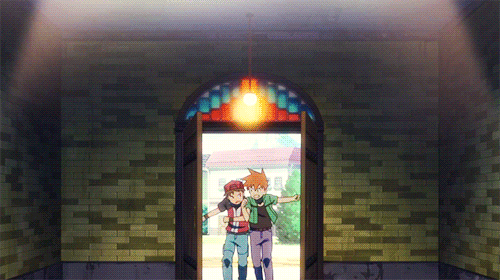
First of all, we have the OVA Pokémon Origins [2013], pretty much a direct adaptation of the original game into four episodes. This leads to a much more tightly focused story than the main anime - one that almost seems too fast, given how much time ends up skipped, but it does a great job of capturing the feeling of Red and Blue (or Green).
Then, we have Pokémon Generations [2016], a series of short web animations cutting across the full length of the game series. As brief as they are, they have little room for narrative, focusing instead on adding spectacle to key plot points and generally conveying feeling - but the animation is as lush as you’d expect.
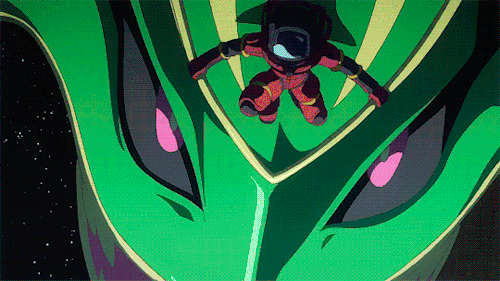
And then, of course, we have Twilight Wings itself - and the unbelievable Gotcha music video for Bump of Chicken which landed just last week. I cannot wait.
So please, come join me in wandering down nostalgia alley, and see what’s been going on in Pokémon land since we visited! (I hope this one goes down OK - we’ll be back to our more usual fare next week.)
The time is basically now (7pm uk time), the place is twitch.tv/canmom, and the playlist will go roughly:
- I wanna be the very best (Pokémon dub OP1) [1997]
- Pokémon Origins OVA [2013]
- Pokémon Generations ONA [2016]
- Pokémon: The First Movie - Mewtwo Strikes Back (Japanese theatrical cut) [1998]
- Pokémon: Twilight Wings [2020]
- Bump of Chicken - Gotcha! PV [2020]
- various non-poké music videos courtesy of Scattermoon
Comments